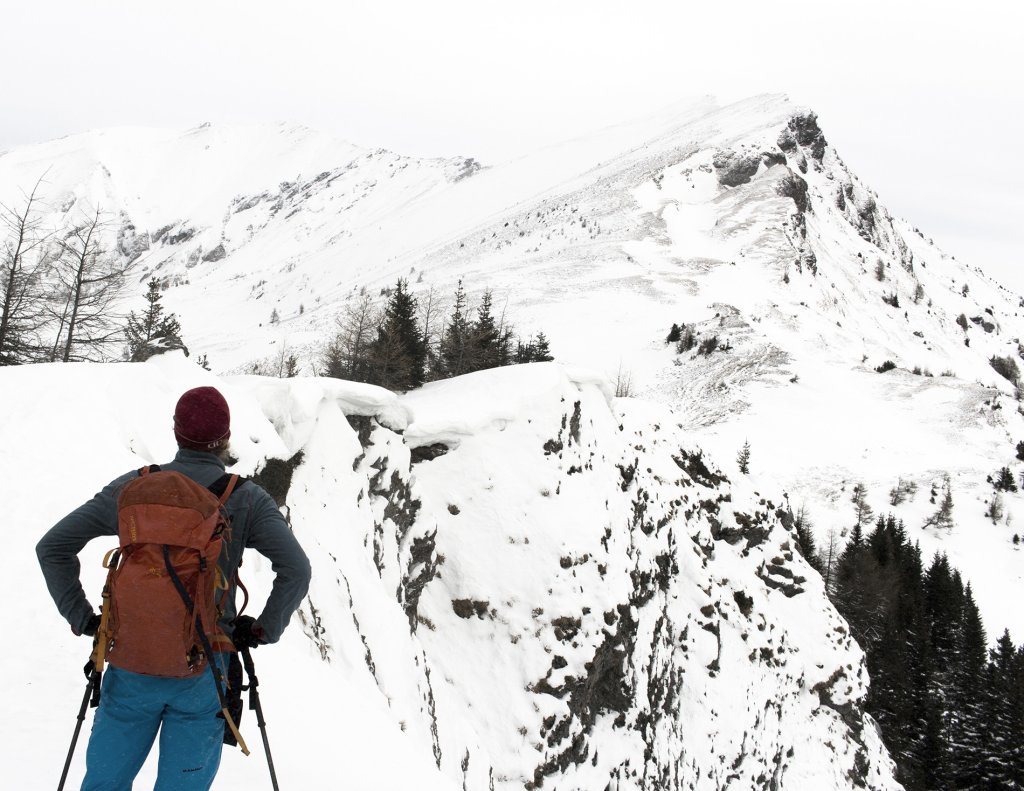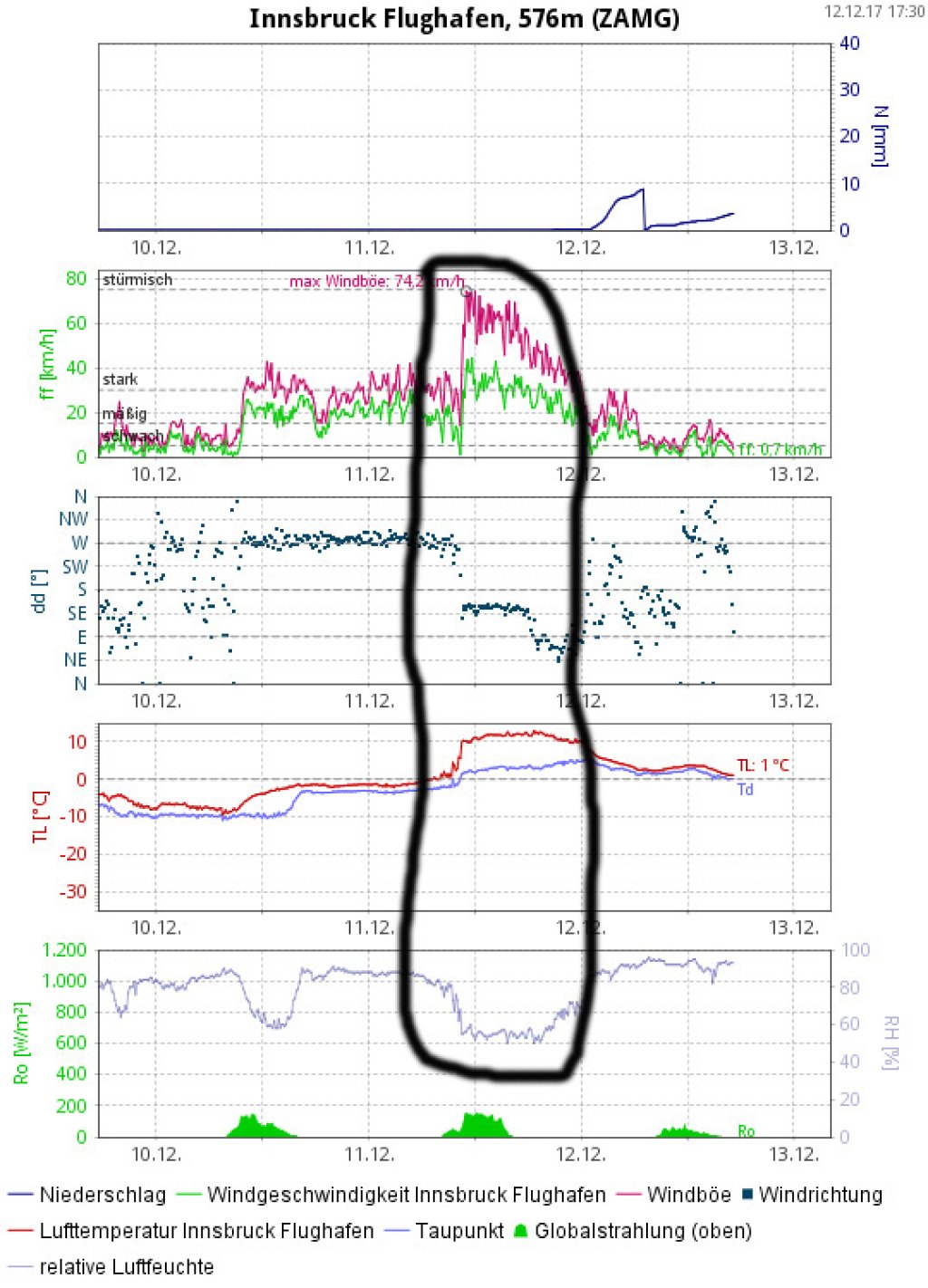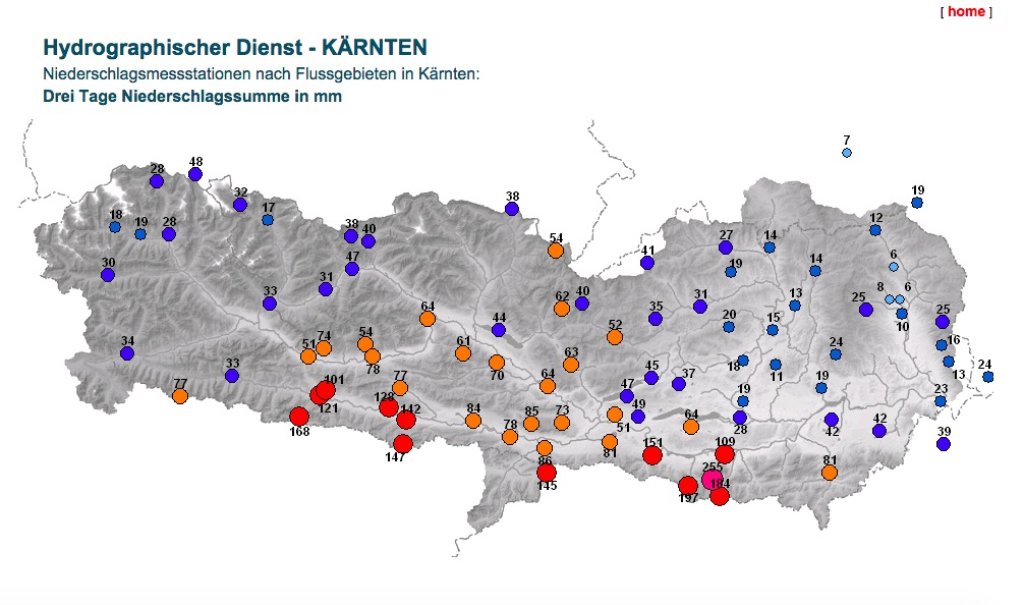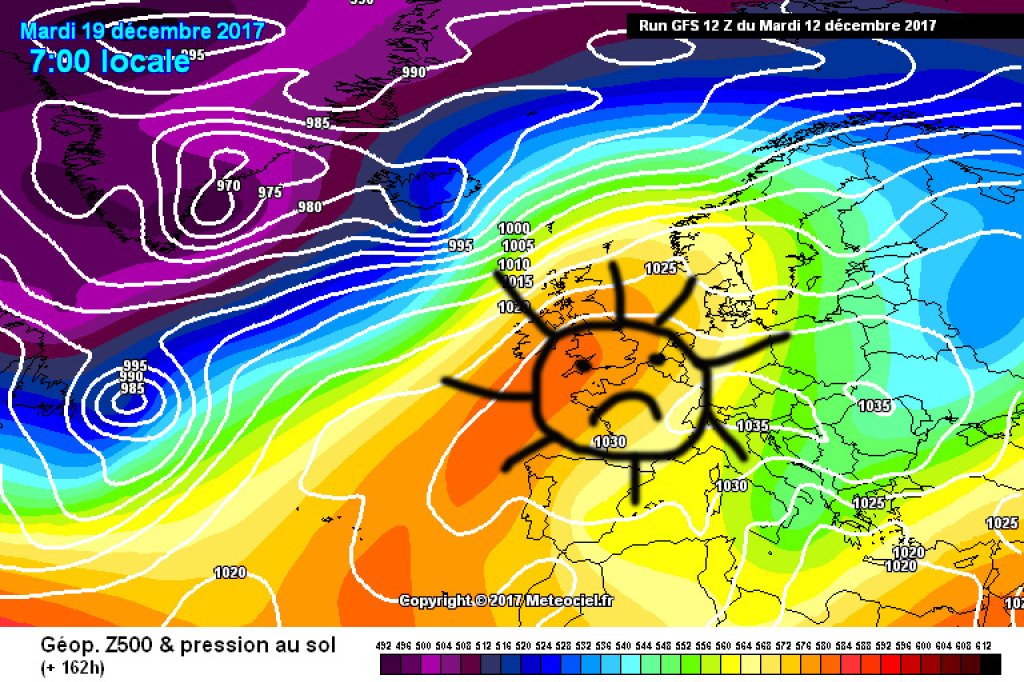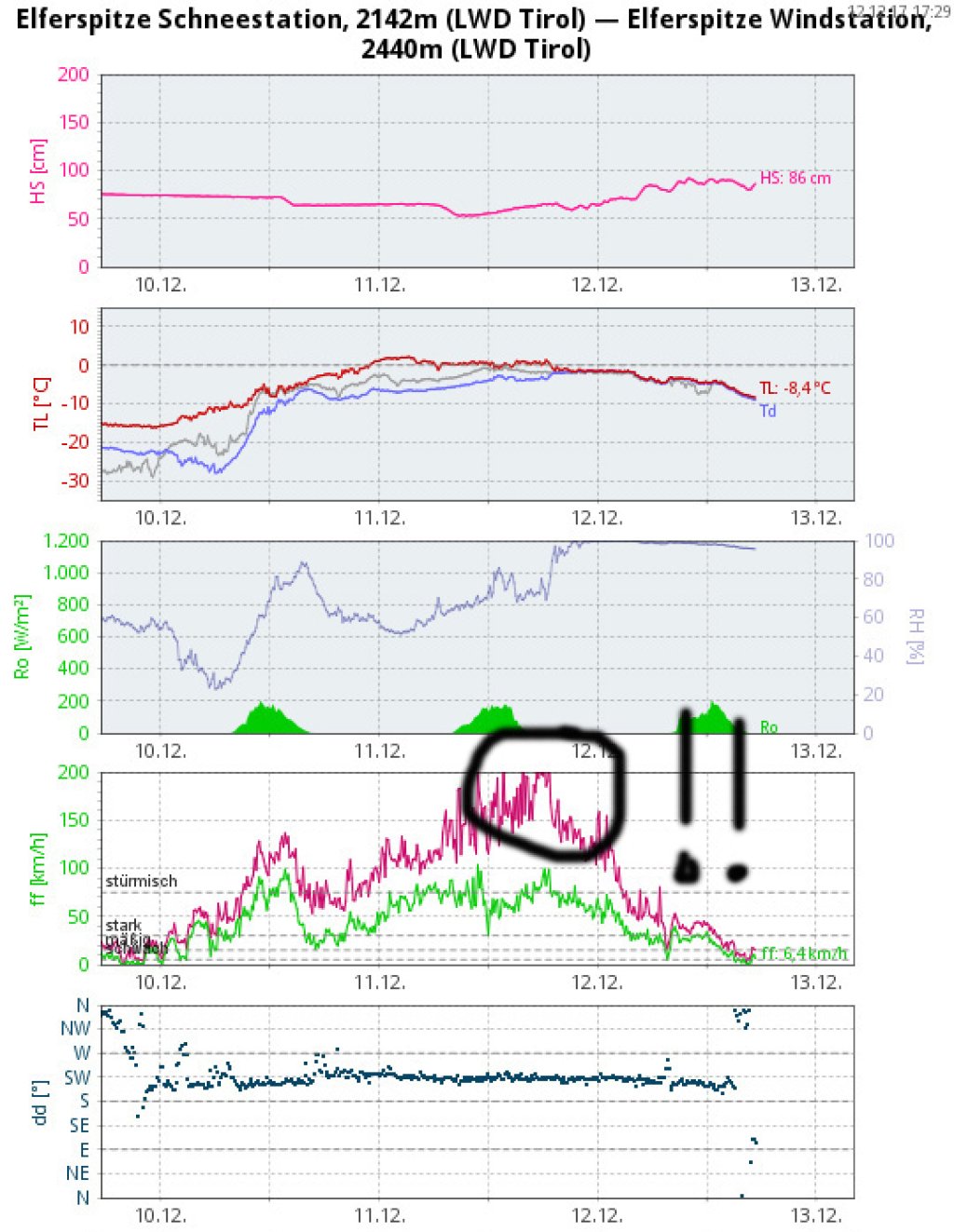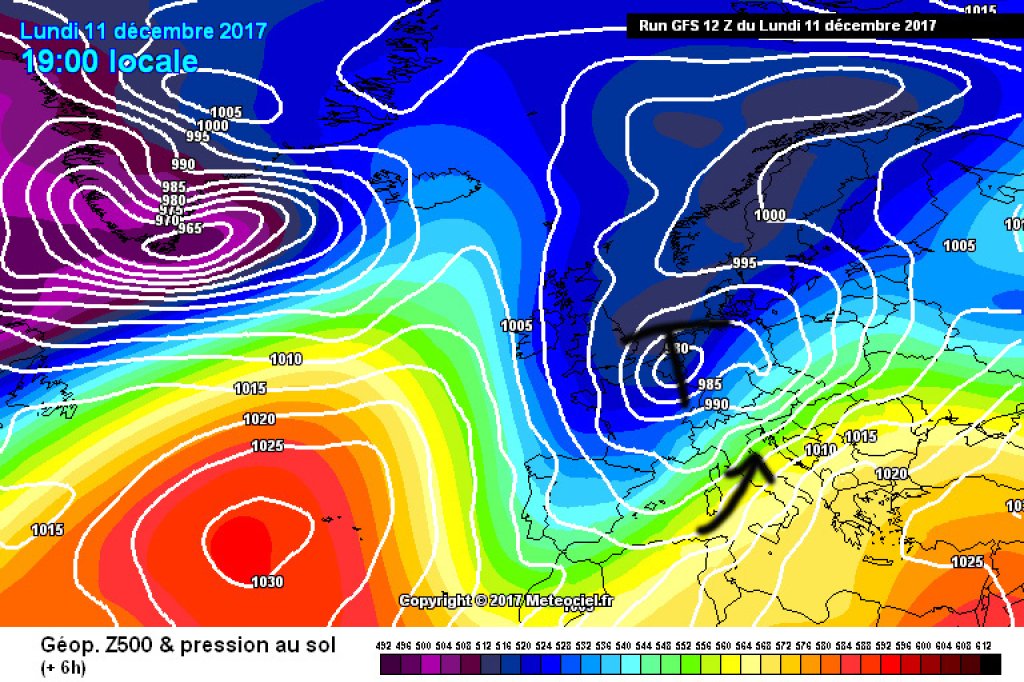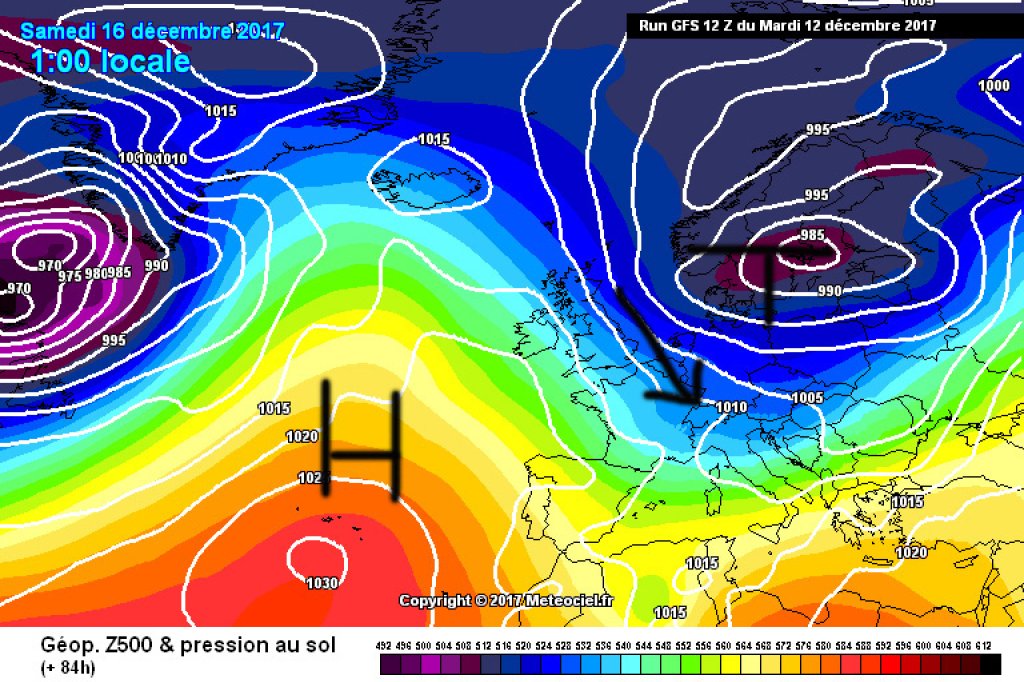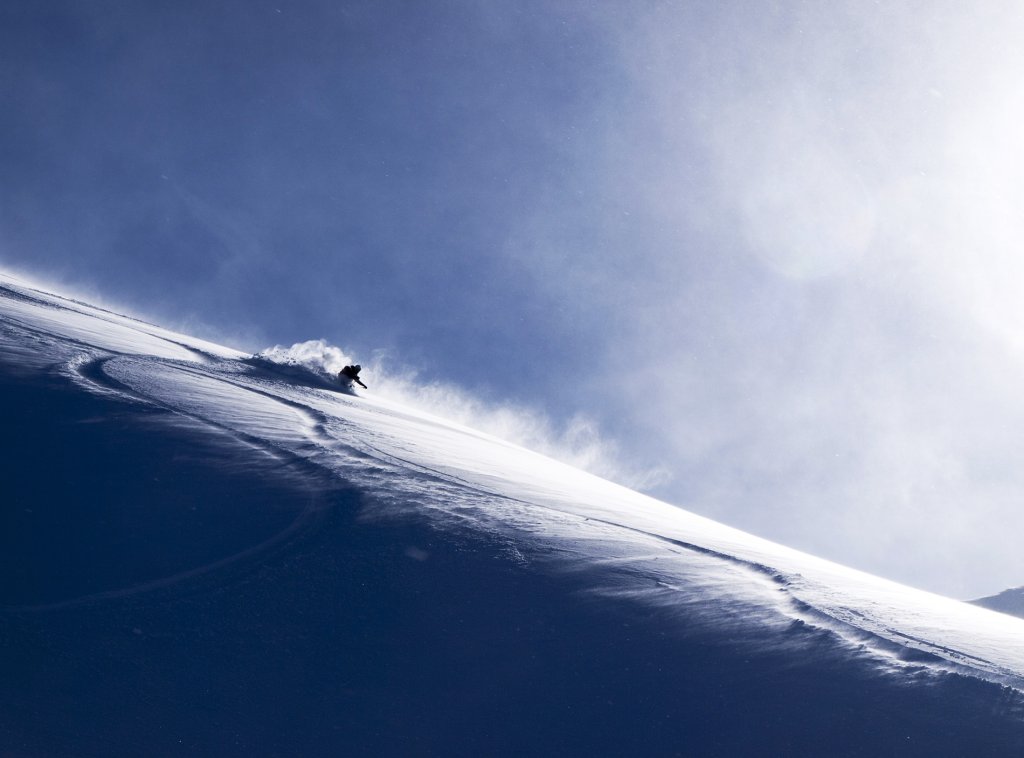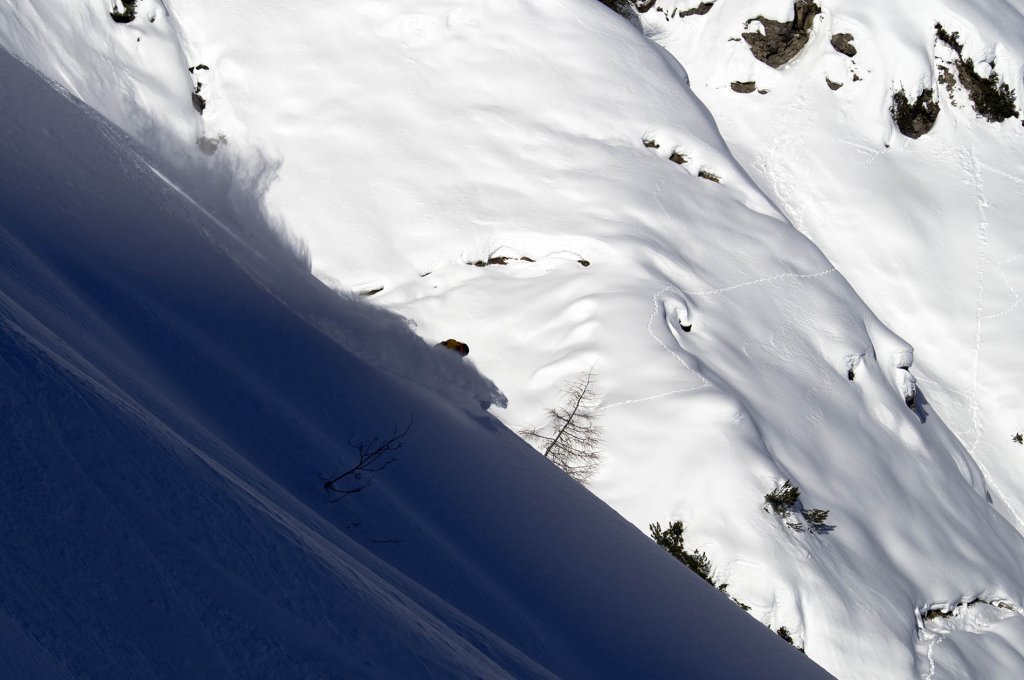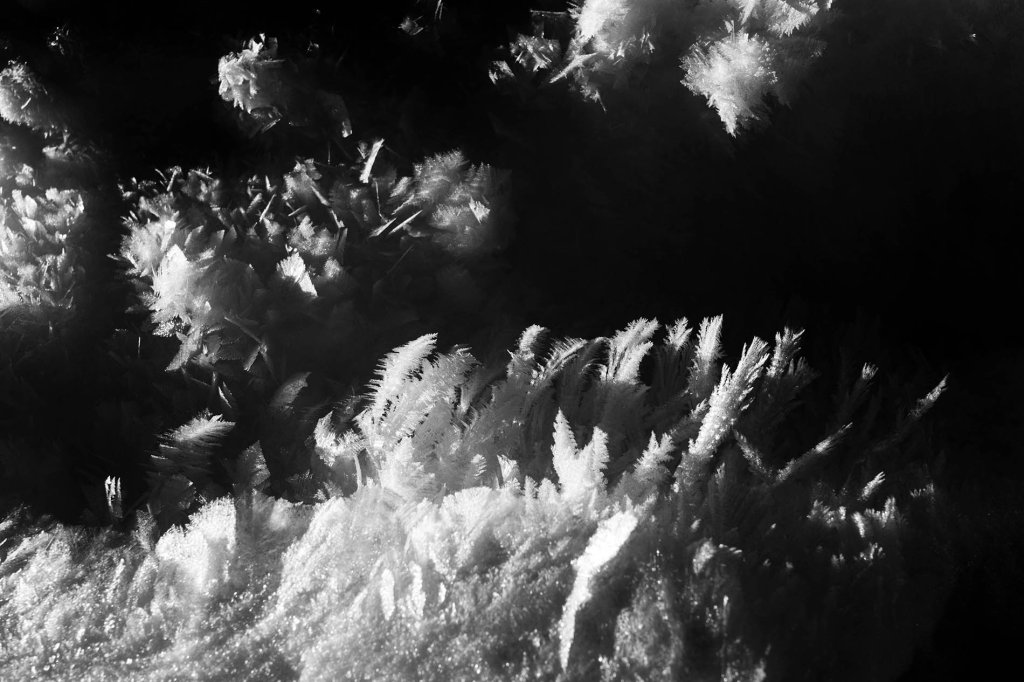Mainly responsible for the extremely turbulent weather of the last few days was a low (Ana a.k.a. Yves, depending on who you ask) with a core in the north of France. The core pressure of Ana/Yves was quite low for a low pressure system at these latitudes. This and the position of the low created a very strong pressure gradient between the Mediterranean region and Central Europe, which in some cases produced extreme foehn effects and boosted the warm air advection from the south.
On the southern slopes of the Alps, the southwesterly pressure of Ana/Yves caused more than considerable amounts of precipitation over a fairly wide area, with the snow line rising significantly from west to east. While some French measuring stations received well over 1 m of fresh snow, in some cases closer to 2 m, comparable amounts of precipitation fell as rain further east up to high altitudes. However, some avalanche warning services in the Eastern Alps also reported 60 cm to over a meter of fresh snow in the high mountains and issued a corresponding level 4 on the main ridge. In France, level 5 was issued in places.
Severe flooding occurred in the Emiglia Romana. Various dams broke on the Enza, a tributary of the Po. Some villages are under water. Around 1,000 people were evacuated from the worst-affected town of Lentigione.
